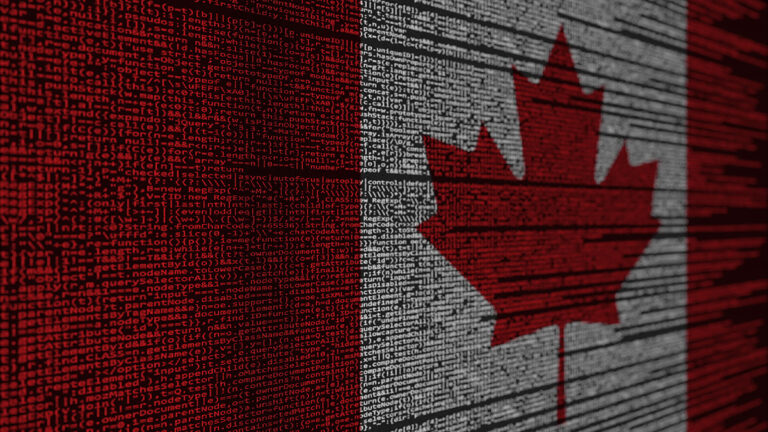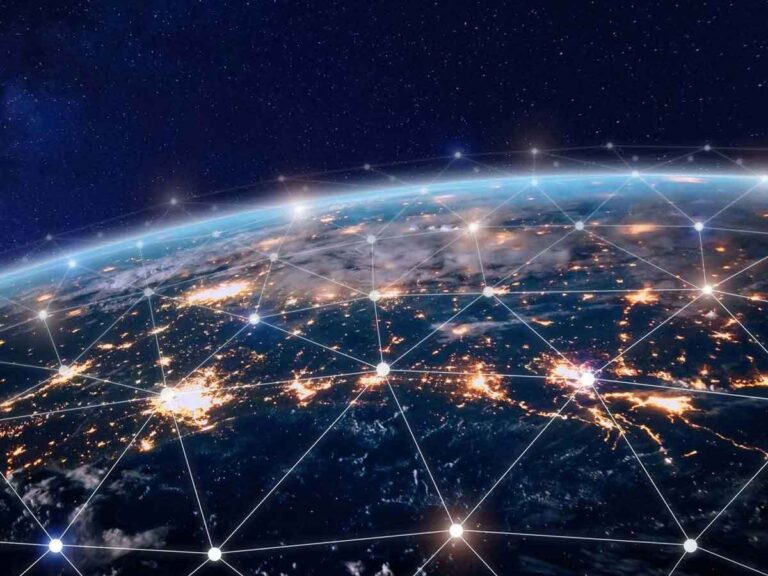
Category Technology & Intelligent Systems
Working with industrial partners, TMU is creating a strong technological and industrial ecosystem through our research in engineering, design, management, and production.

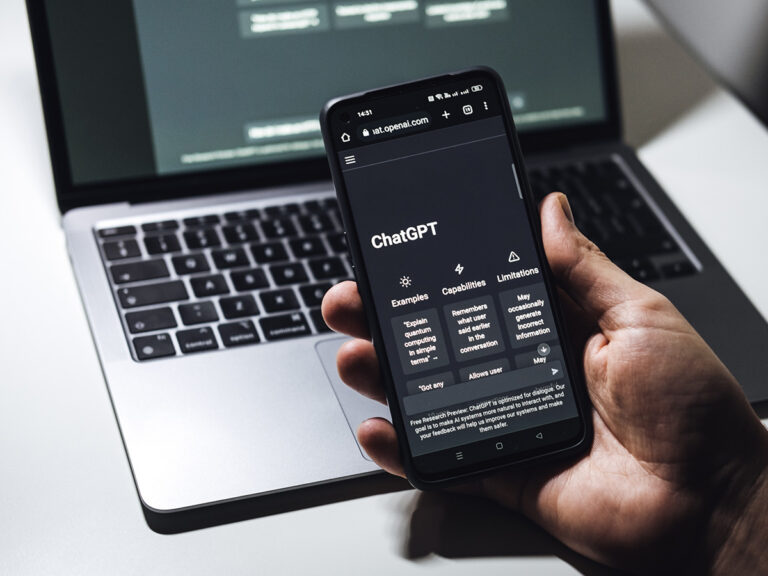
ChatGPT could be a game-changer for marketers, but it won’t replace humans any time soon

Canada needs to consider the user experience of migrants when designing programs that impact them

The metaverse offers challenges and possibilities for the future of the retail industry
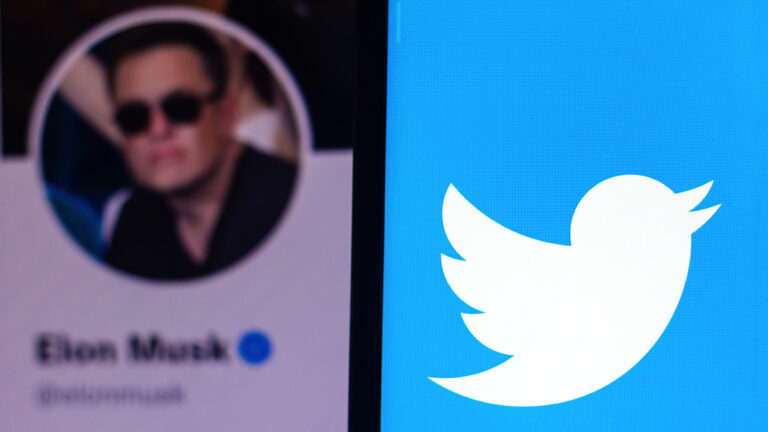
Elon Musk’s Twitter Blue fiasco: Governments need to better regulate how companies use trademarks
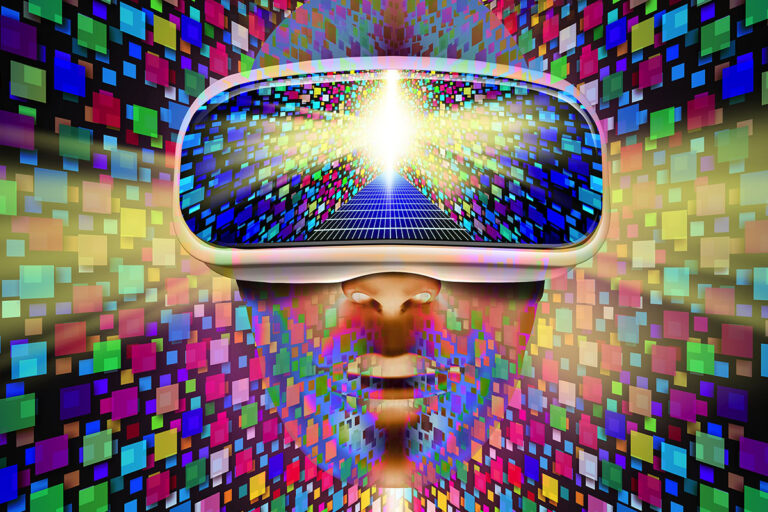
What is the metaverse, and what can we do there?
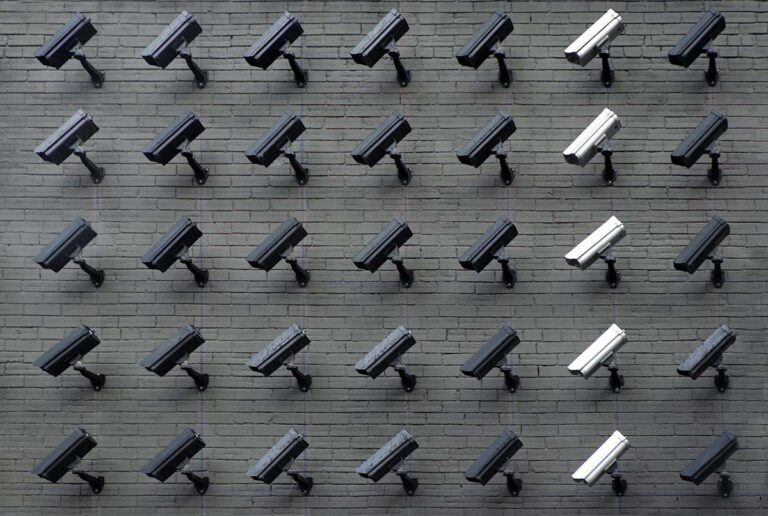
Being Watched: How surveillance amplifies racist policing and threatens the right to protest — Don’t Call Me Resilient EP 10, with Yuan Stevens

This federal election, the Liberals are outspending all the other parties combined when buying ads on Facebook

The Taliban may have access to the biometric data of civilians who helped the U.S. military

As cyberattacks skyrocket, Canada needs to work with — and not hinder — cybersecurity experts

Private messages contribute to the spread of COVID-19 conspiracies
